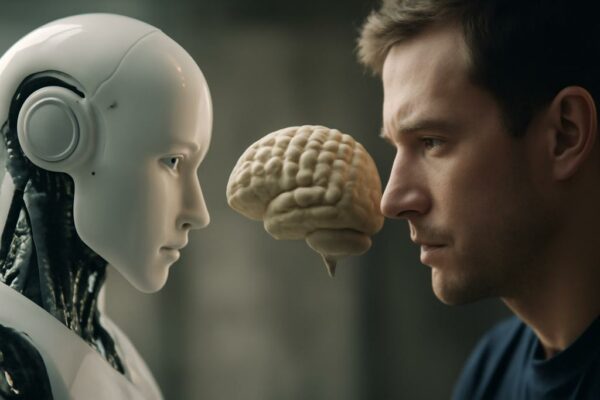
When Commonsense Conflicts Reveal Fake News Before You Click
In the endless stream of headlines and summaries, misinformation isn’t random noise. It’s a crafted ecosystem that nudges us toward plausible—but not quite right—versions of reality. The latest work from researchers at Jilin University in China treats that nudge as something tangible: a clash between what a story says and what our common sense says…























